Explore the Best AI Image Gallery

Beyond the Canvas: How Wearable Tech is Redefining Artistic Expression
The realm of creativity has always been a playground for innovation, constantly evolving with the emergence of new tools and technologies. Today, wearable technology stands as a formidable force, poised to reshape artistic expression in profound ways. From augmented reality experiences to biofeedback-driven installations, wearables are blurring the lines between artist, artwork, and audience, ushering in a new era of immersive and interactive art.
Wearable Tech: A Canvas for Innovation
Wearable technology encompasses a wide range of devices, including smart glasses, augmented reality (AR) headsets, haptic suits, and biofeedback sensors. These innovative tools offer artists unprecedented opportunities to push the boundaries of creativity:
- Augmented Reality (AR): AR overlays digital elements onto the real world, transforming familiar environments into interactive art installations. Artists can create dynamic, location-based experiences where viewers interact with virtual objects and narratives embedded within their surroundings.
- Interactive Installations: Wearable sensors can capture a viewers movements, biometrics, or even thoughts, translating these data points into real-time changes in the artwork. This creates a personalized and responsive experience, blurring the line between observer and participant.
- Biofeedback Art: By integrating biofeedback sensors into wearable devices, artists can capture physiological responses like heart rate, breathing patterns, or brainwaves. These data streams can then be used to generate soundscapes, visual effects, or interactive elements within an artwork, creating a deeply personal and emotive experience for the viewer.
Beyond Visual Arts: A Multifaceted Impact
The influence of wearable technology extends far beyond traditional visual arts. Wearables are also transforming:
- Music Creation and Performance: Musicians can utilize wearable instruments, sensors that capture movement or biofeedback, and interactive controllers to create innovative soundscapes and immersive performances.
- Dance Choreography and Expression: Wearable sensors can track a dancers movements in real-time, providing feedback and allowing for the creation of choreographic sequences synchronized with light, sound, or other visual elements.
- Theatre and Performance Art: Actors can incorporate wearables to enhance their performances, projecting interactive elements onto costumes, manipulating virtual environments, or even responding to audience cues.
Ethical Considerations in the Wearable Age
As with any transformative technology, wearable tech in the creative industry raises important ethical considerations:
- Data Privacy and Security: Wearables collect vast amounts of personal data. It is crucial to establish clear guidelines for data usage, consent, and protection to ensure user privacy and security.
- Accessibility and Inclusivity: Wearable technology should be designed to be accessible to all individuals, regardless of their physical abilities or socioeconomic status.
- Algorithmic Bias: Algorithms used in wearable tech can perpetuate existing biases if not carefully developed and monitored. It is essential to strive for fairness and equity in the design and implementation of these systems.
The Future of Wearable Creativity
The convergence of wearable technology, artificial intelligence (AI), and immersive experiences promises a future where creativity knows no bounds.
- Personalized Artistic Experiences: AI-powered wearables will enable the creation of personalized art experiences tailored to individual preferences, emotions, and even biofeedback.
- Collaborative Creativity: Wearables will facilitate real-time collaboration between artists across geographical boundaries, fostering new forms of shared creativity.
- Evolving Artistic Mediums: The lines between physical and digital art will continue to blur as wearables introduce innovative ways to create, interact with, and experience art.
The integration of wearable technology into the creative industry marks a paradigm shift, empowering artists to explore uncharted territories, engage audiences in unprecedented ways, and redefine the very nature of artistic expression. As we venture further into this exciting landscape, it is essential to embrace ethical considerations, promote inclusivity, and foster a future where creativity knows no limits.



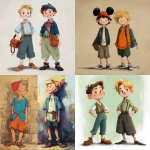
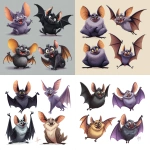





](https://images.ai-img.art/thumbnails/150/485c8b1c747827bdc9a962f8a1919b3c259b18dd263b260208a1eae19fb85e07.webp)
](https://images.ai-img.art/thumbnails/150/3020b8c2b6d9be07e042357107af1de10deb274a41d2b0f332684ad4b532a702.webp)
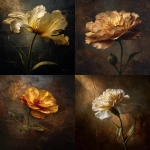




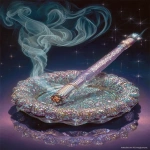
](https://images.ai-img.art/thumbnails/150/8d1fe5a7a49cfc96747182431a853357913286d89258383caab2d3b4681afcb5.webp)

](https://images.ai-img.art/thumbnails/150/2fbd98ecfc425cfc1597779121e1c0305437067779e9c471eb64ff9615d5be98.webp)


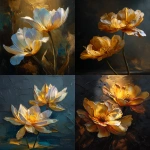
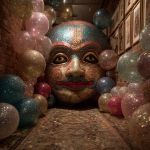



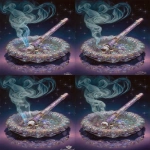


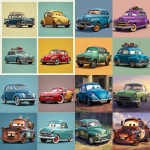



](https://images.ai-img.art/thumbnails/150/5197af8969d850e2a43e141d41e482ccbceedebceb2a4caf9f098f943f9d1b0f.webp)


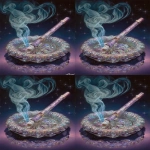







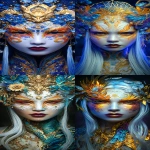


](https://images.ai-img.art/thumbnails/150/269414b0e541026702e9e67c67602c96162f37ff460a388b3b36314c8fc936dd.webp)